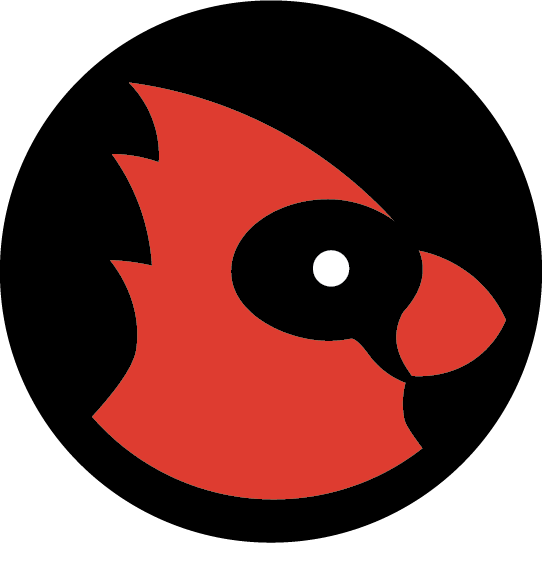National Museum of Natural History
During the summer of 2022, I had the honor of working on the upcoming Cellphone Exhibit at the Smithsonian National Museum of Natural History. My responsibility was the Phone of the Future project: a game designed to help students understand the origin of materials commonly used in cellphone production.
This was my first experience of joining a pre-existing project and I found that in the first couple of weeks I had to catch up on what the others had been working on for five years. I quickly became acquainted with the team of museum specialists and the learning objectives established for the broader exhibit. While the exhibit will cover many social and anthropologic aspects, my focus was the Phone of the Future educational game.
While the game had already been mocked up and play-tested by some of the team, I felt it was missing some core aspects that would improve not only the gameplay, but also the educational value. I created a plus/delta of all the aspects of the current game from multiple user perspectives. Not only should the final product be fun for the students, it should be easy for facilitators to understand and lead. I then drafted some quick digital mockups, guided by new insights of the learning objectives. I also pulled from my love of board games, using elements from Kings of Tokyo and Fluxx as inspiration. With the help of my mentor and fellow intern, we redefined our criteria and started work on a physical version.
After analyzing feedback from the play-testing of the physical version, we concluded that I should focus on making the game compatible for any classroom across the country. This “print and play” version could only be back and white and fit entirely on letter size paper. These restrictions alongside the critique guided the design into a functional, easy to facilitate version I felt great about. Once it was ready for playtesting again, we brought in high school interns who were in the target demographic. To my delight, it was a hit!
With all this great feedback and information, I was ready to complete another iteration. However, my internship was drawing to a close so I decided to reprioritize. I wanted the next person who picked up this project after me to have no questions about my intention or methods, so I spent the last week compiling all my previous work into a single place. This included digital mockups, photos of the physical ones, all the files, and critique. I also included a journal of sorts, explaining exactly what I was thinking at every step of the process. I left this project proud of the work I did and even prouder of the transition I provided for my successor. I know this work will entertain and educate so many once these resources become publicly available in the summer of 2023. This was one of the best experiences of my professional life, and I cannot wait to experience more challenges, meet new people, and solve problems.
Mobile Infirmary x SCADpro
Teaming up with architecture, illustration, and other graphic design students, we took on the challenge of redesigning the entrance to Mobile Infirmary.
Mobile Infirmary approached us with the grand task of bringing the face of their hospital into the future. Established in 1910, Mobile Infirmary is the flagship hospital of Infirmary Health, the largest non-for-profit hospital system in Alabama. While the institution is a pillar of Mobile and boasts some of the most advanced care in the southeast, their entrance was in dire need of a redesign that reflected the work being done inside.
Our first task was to understand the scope and needs motivating this project so we could be confident in every design choice. We met with a variety of Mobile Infirmary’s leaders to see what their needs and wants were as well as to get a better idea of the community they serve.
Once we heard about the hospital’s mission statement of LIFE (Leadership, Integrity, Family, and Excellent Service) we knew we wanted to put it at the center of our design. To better communicate this to the client and to make it easier to check our own work, I spearheaded a circular model. By placing LIFE at the center, we could ask ourselves what those elements meant, breaking them down from abstract ideas to more concrete ones. For example, Family can be broken down into three categories: Hospitality, Comfort/Home, and Sense of Security. We then broke it down further, so we could express Comfort/Home through feelings of Community and History. Our design choices are what lie beyond the final ring. In using this model, we can ask ourselves, “how might we represent Mobile Infirmary’s history?” and know that through answering that question, we were making progress towards representing the concept of Family in our design.
We then created a variety of mockups of potential changes to the current site and presented them to the clients for feedback. We further improved our designs, reaching out for more input when needed. We presented two final options in an in-person meeting which I led. Unfortunately, I cannot share the mockups or final architectural models we produced, but my greatest contribution by far was in the early stages of research and development. Whenever we faced a difficult choice, we always referred to the model to guide us.
My teammates (from left to right) Yue Che, Arjun Rao Rebbapragada, Haley Whal, Jeffery Rose, Mikhaaila Missimer, Samantha Rivero, Johnathan White, and me.



